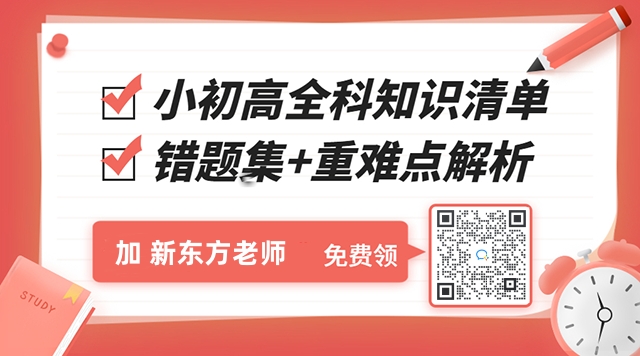新东方在学校小学网整理了春节习俗小百科,希望同学们喜欢。更多内容请关注新东方在线小学网。
春节习俗小百科:大年初一 串门走亲戚
Today is the 1st day of the 1st month in Lunar Calendar.
On the first day, the oldest and most senior members will be visited, the visits serve to strengthen family kinship.
This practice is called 拜年 ( bai nian, or wishing somebody a Happy New Year).
The visitor will bring a small gift to the household which will be visited- usually two mandarin oranges, as the fruit symbolises gold, hence wealth and good fortune.
Giving oranges in pairs because of the preference of number two in Chinese culture as there is an idiom saying 好事成双 ( hao shi cheng shuang, good things come in pairs).
Children or unmarried will receive 红包 (hong bao, or red packet) from the senior.
The red colour of the envelope symbolises good luck and is supposed to ward off evil spirits.
It is traditional to put brand new notes inside red packets and also to avoid opening the packets in front of the relatives.
There is also the tradition of welcoming guests with tea and sweet treats, such as sugared fruits which are supposed to sweeten one’s upcoming year.
Sweets and fruits are served on a round tray - the form resembling togetherness and hence the tray is most commonly translated as the “Tray of Togetherness” (八宝盒,ba bao he).
The sweets will be arranged in eight units, as the number eight symbolises luck as the Chinese word 8 (ba) sounds similar to prosperity (fa, 发).
In addition, the fruit pomelo is always consumed at Chinese New Year as its Chinese name 柚 (you) sounds exactly same to the word ‘to have’ (有, you) in the language. This fruit signifies abundance in Chinese food symbolism.
(来源:新东方在线论坛)
更多内容,请关注新东方在线小学网(http://xiaoxue.koolearn.com/),我们还为大家整理了小升初简历、小升初面试题、小升初辅导、小升初作文等内容,希望对大家有所帮助。


微信扫码关注免费领取
英语+新概念学习资料大礼包

 推荐阅读
推荐阅读
公告:来自新东方小老师的,免费福利活动!
来源 : 新东方在线 关键字 : 免费福利
微信添加【新东方小老师】免费获得《新概念、剑桥英语》学习资料提示:手机直接加微PC端请扫二维码--------------------------------------
来源 : 新东方在线 关键字 : 新概念英语一二册资料
招生单位所在地(10001)北京大学(11)北京市(10002)中国人民大学(11)北京市(10003)清华大学(11)北京市(10004)北京交通大学(11)北京市(10005)
来源 : 1 关键字 :
7月21日,据河北省教育厅官方微信公众号河北教育发布称,河北省教育厅印发通知,各地各学校加强本轮强降雨天气应对和自然灾害防范工作,各
来源 : 河北教育厅 关键字 : 强降雨天气,河北省,停止线下教学
记者获悉,即日起至8月31日,颐和园、天坛公园、北海公园等北京市属11家公园及中国园林博物馆持续开展一园一品科普品牌活动,发挥市属公园
来源 : 北京青年报 关键字 : 暑期夏令营,公园科普,北京中小学
近日,市教委主任刘宇辉在市民对话一把手节目中透露,本市将结合家长实际困难和需求,对中小学课后服务时间进行优化调整。本市正在考虑通过
来源 : 北京晚报 关键字 : 课后服务,优质课程,中小学,
2021年暑假来临之际,教育部指导全国综合防控儿童青少年近视专家宣讲团,提出2021年暑假中小学生和幼儿护眼要诀,倡导广大中小学生和幼儿假
来源 : 教育部网站 关键字 : 2021暑假,中小学,护眼
7月20日,北京市全面启动12至17岁人群新冠疫苗接种。记者来到门头沟区的接种点,来自首都师范大学附属中学永定分校的中学生正在有序进行疫
来源 : 北京青年报 关键字 : 疫苗接种,北京,中学生
教育部基础教育司司长吕玉刚21日在国新办发布会上说,截至今年5月底,全国10 2万所义务教育学校开展课后服务。近期,教育部作出部署,确保
来源 : 新华社 关键字 : 教育部,中小学,课后服务
7月20日,共青团中央维护青少年权益部、中国互联网络信息中心(CNNIC)、中国青少年新媒体协会在京联合举办网络保护·守护成长主题研讨会,
来源 : 北京青年报 关键字 : 未成年,互联网,
